Entry Category: Business and Economics - Starting with A
aka: Arkansas American Federation of Labor and Congress of Industrial Organizations
Arkansas and Oklahoma Western Railroad
 Arkansas Blue Cross and Blue Shield
Arkansas Blue Cross and Blue Shield
Arkansas Business Hall of Fame
Arkansas Business Publishing Group
Arkansas Capital Corporation
aka: First Arkansas Development Finance Corporation
Arkansas Certified Development Corporation (ACDC)
Arkansas Community Foundation (ARCF)
Arkansas Democrat-Gazette
 Arkansas Department of Commerce
Arkansas Department of Commerce
Arkansas Division of Career and Technical Education (ADCTE)
Arkansas Economic Developers (AED)
Arkansas Economic Development Commission
Arkansas Farmers Union
aka: Arkansas Farmers Educational Cooperative Union
Arkansas Forestry Association
Arkansas Gazette
Arkansas Hunger Relief Alliance
 Arkansas Lumber Company
Arkansas Lumber Company
Arkansas Municipal League
Arkansas Nuclear One
Arkansas Planning and Development Districts
aka: Arkansas Economic Development Districts
 Arkansas Portland Cement Company
Arkansas Portland Cement Company
Arkansas Power and Light (AP&L)
Arkansas Real Estate Bank
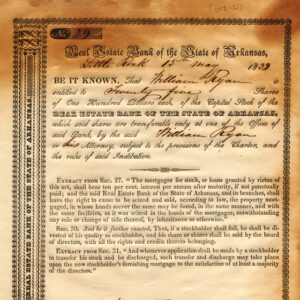 Arkansas Real Estate Bank Stock Certificate
Arkansas Real Estate Bank Stock Certificate
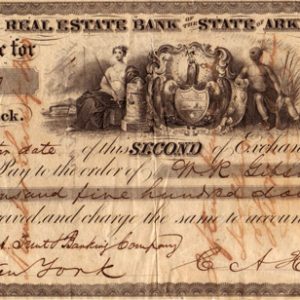 Arkansas Real Estate Bank Draft
Arkansas Real Estate Bank Draft
Arkansas Science and Technology Authority (ASTA)
Arkansas Small Business and Technology Development Center
 Arkansas Soft Pine Ad
Arkansas Soft Pine Ad
Arkansas Soft Pine Bureau (ASPB)
Arkansas State Bank
Arkansas State Bank Department
Arkansas State Chamber of Commerce
aka: Associated Industries of Arkansas (AIA)
 Arkansas State Rice Milling Company
Arkansas State Rice Milling Company
Arkansas Times
 Arkansas Times Staff
Arkansas Times Staff
 Arkansas Times Coverage of Whitewater Scandal
Arkansas Times Coverage of Whitewater Scandal
Arkansas Water Works and Water Environment Association
Arkansas Workers’ Compensation Commission
Arkansas World Trade Club
aka: Arkansas Exporters Roundtable
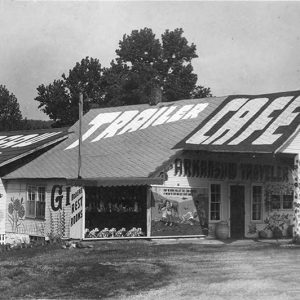 Arkansaw Traveler Store
Arkansaw Traveler Store
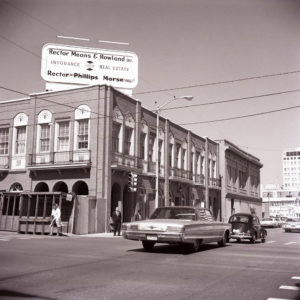 Arkla Building
Arkla Building
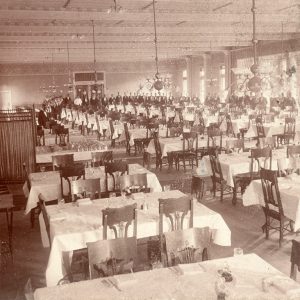 Arlington Dining Room
Arlington Dining Room
 Arlington Fire
Arlington Fire
Arlington Hotel
 Arlington Hotel
Arlington Hotel
 Arlington Hotel Ad
Arlington Hotel Ad
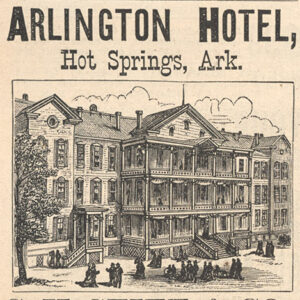 Arlington Hotel Ad
Arlington Hotel Ad
 Arlington Hotel Menu
Arlington Hotel Menu
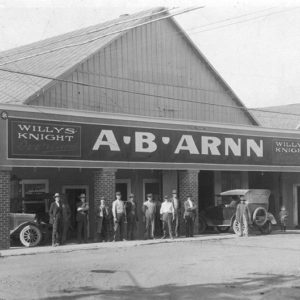 Arnn Automobiles
Arnn Automobiles




